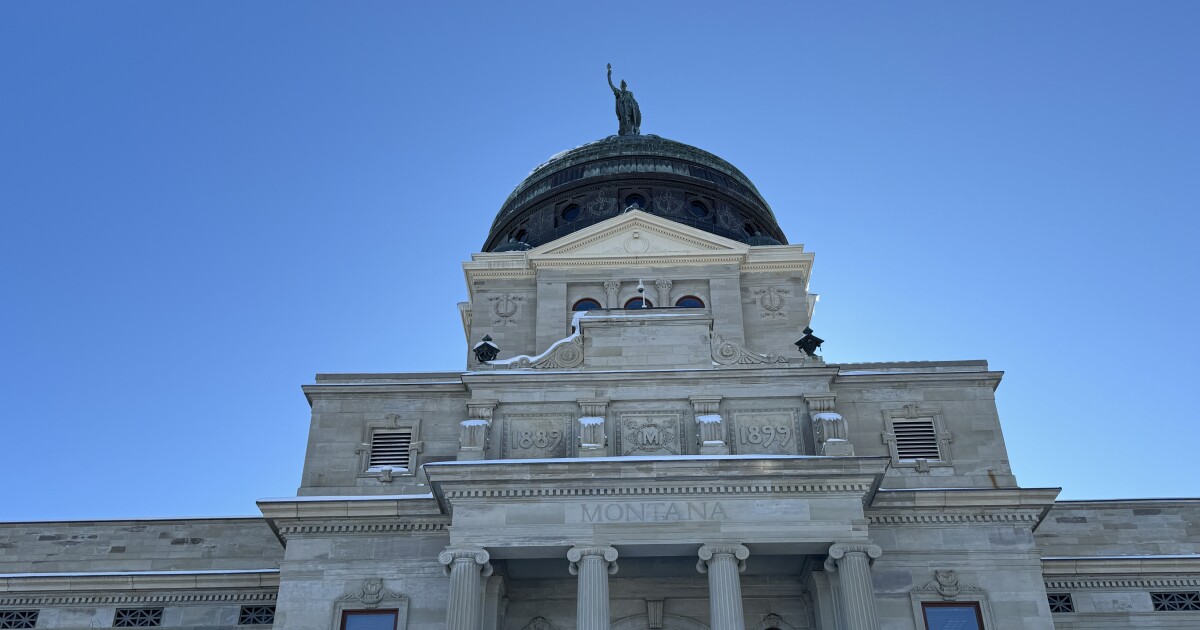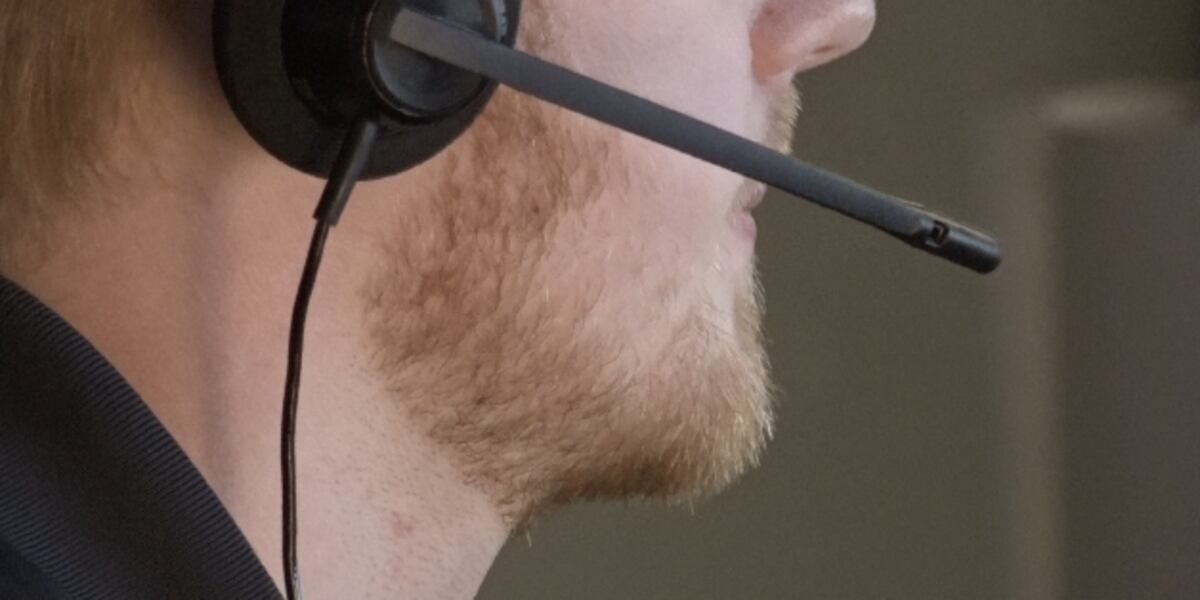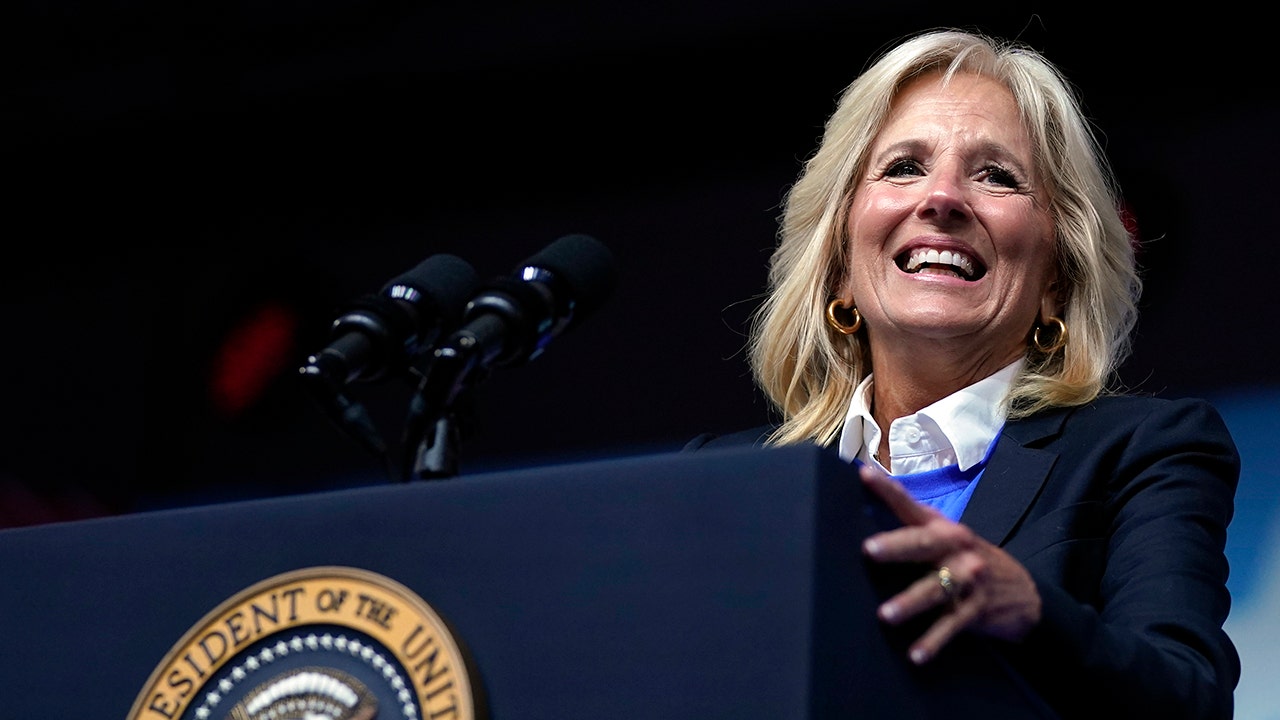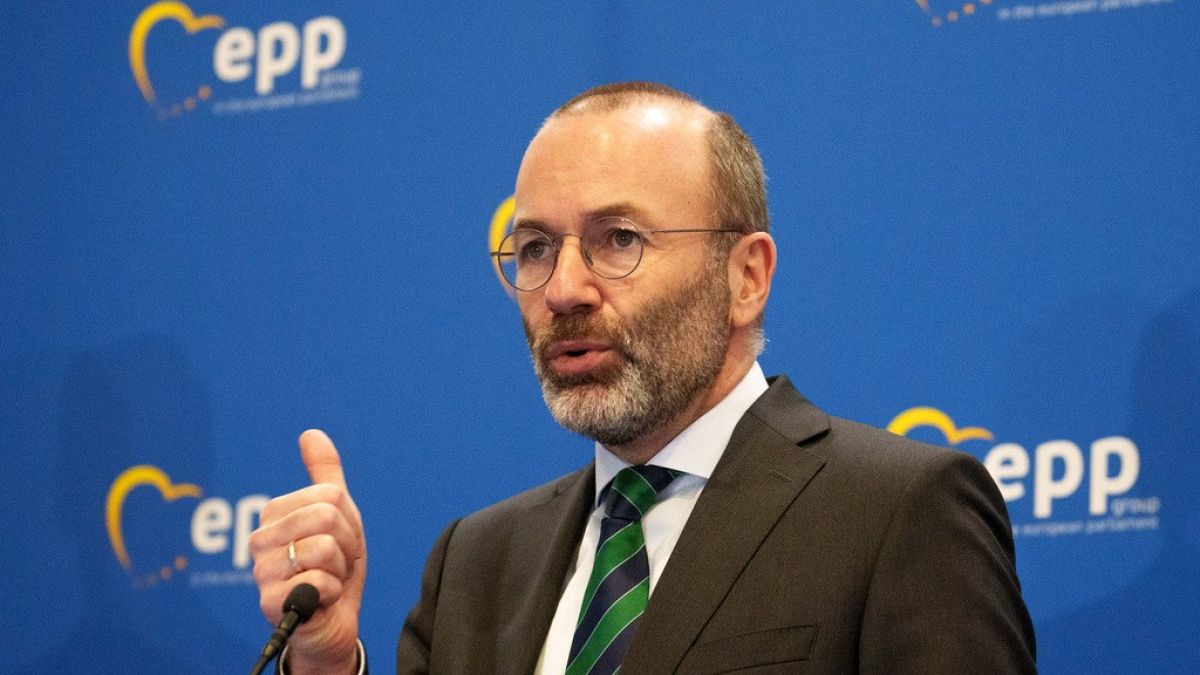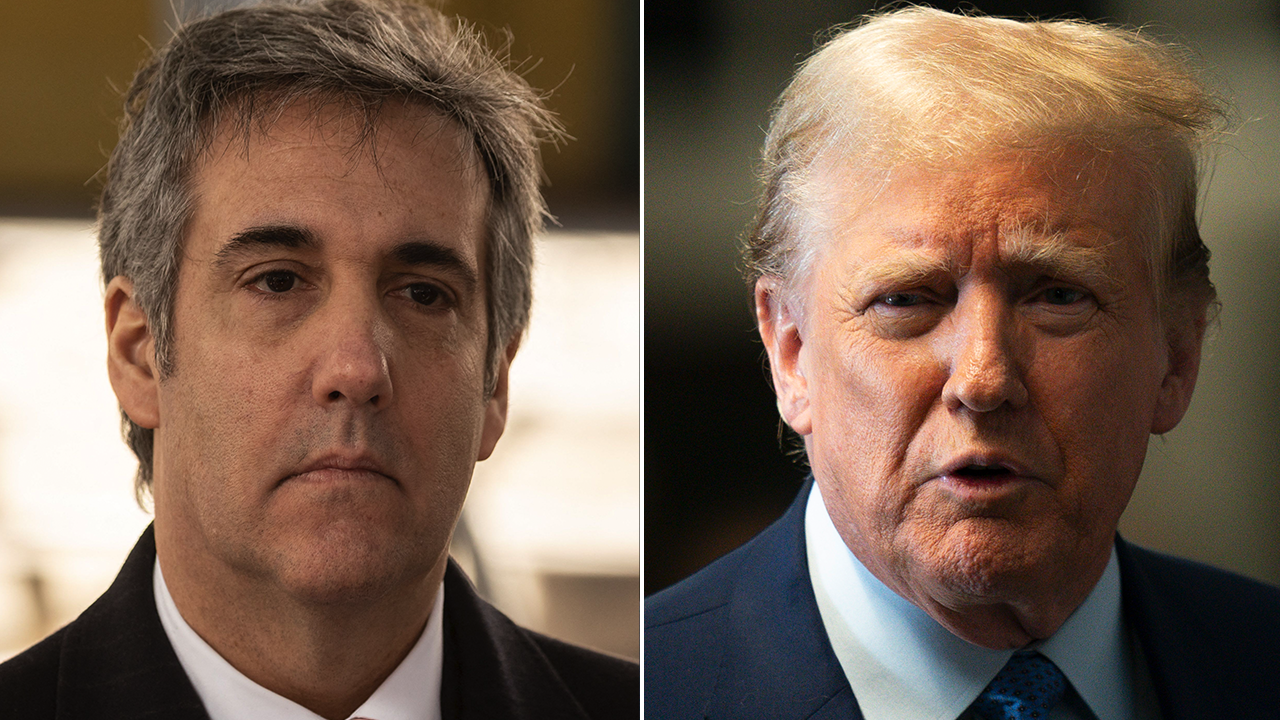Montana
Montana PSC approves NorthWestern Energy rate increases

HELENA — The Montana Public Service Commission has given its approval to an agreement that will allow NorthWestern Energy to increase its base electric and natural gas rates.
On Wednesday, the PSC unanimously approved a final order in NorthWestern’s rate case, which began more than a year ago. The order follows the provisions laid out in a settlement agreement NorthWestern reached in April with the Montana Consumer Counsel, several large business customers and federal agencies.
“The standard isn’t that we disapprove rates based on whether or not we want to,” said Commissioner James Brown, R-Dillon, the commission’s president. “Our jobs are to determine whether the rates proposed are just and reasonable.”
Under this order, NorthWestern will be allowed to adjust its rates to recover an additional $81.9 million in annual electric revenue and $18.2 million in natural gas revenue. Those numbers are $23.2 million and $9.1 million, respectively, below what the utility had originally asked for.
The changes would increase NorthWestern’s electric revenue by just under 15% compared to when the rate case opened in August, and natural gas revenue would increase by almost 12%. However, PSC staff said that full impact would not be seen on customers’ bills because the commission already approved an interim rate increase last year. They estimated the electric bill for an average residential customer using 750 kilowatt-hours a month will increase by 7.6%, or about $8. In addition, staff said the effect on customers will be further limited because of reductions from electric and natural gas supply charges.
During Wednesday’s meeting, a number of people spoke in opposition to the proposed rate changes, citing concerns about the impacts higher rates would have on Montana residents – especially those on fixed incomes. Commissioners said they understood those concerns, but they were bound by law to follow the evidence and approve a reasonable revenue request.
“I would like to be able to say no to any cost increases,” said Commissioner Jennifer Fielder, R-Thompson Falls, the commission’s vice president. “This country has seen astounding cost increases across the board, in every way, and none of us like it. But the reality is we have to follow the law, and we have to allow utility companies that we regulate to recover their legitimate expenses.”
Some public testimony also noted that residential customers would bear a larger share of the increase than some other classes of customer. Leaders said that’s because the utility found residential service is placing a bigger burden on the system, compared to the percentage of revenue it’s provided.
“I am as concerned as all of my colleagues about the amount of increase that’s being allocated to the residential class, but it’s not an arbitrary and capricious decision to do so on part of the commission,” Brown said. “It’s what the evidence informs us should legally happen.”
In a filing in June, NorthWestern described the settlement agreement as “a thoughtful compromise that balances customer interests with NorthWestern’s financial health while ensuring that customers continue to receive safe and reliable service.”
During Wednesday’s hearing, a number of commenters expressed concerns about NorthWestern’s development of the Yellowstone County Generating Station – a natural-gas-fired plant under construction near Laurel – because of the potential costs and the impact of continued fossil-fuel development. PSC staff said the costs of the YCGS are not included in the settlement agreement. They said NorthWestern may ask for a one-time cost adjustment when the station goes into service, and that the commission could do a full review at that time. Parties that didn’t join in the settlement agreement – including several environmental organizations – would be allowed to object to that filing.

Montana
Plan to restore passenger rail service across Montana is chugging along
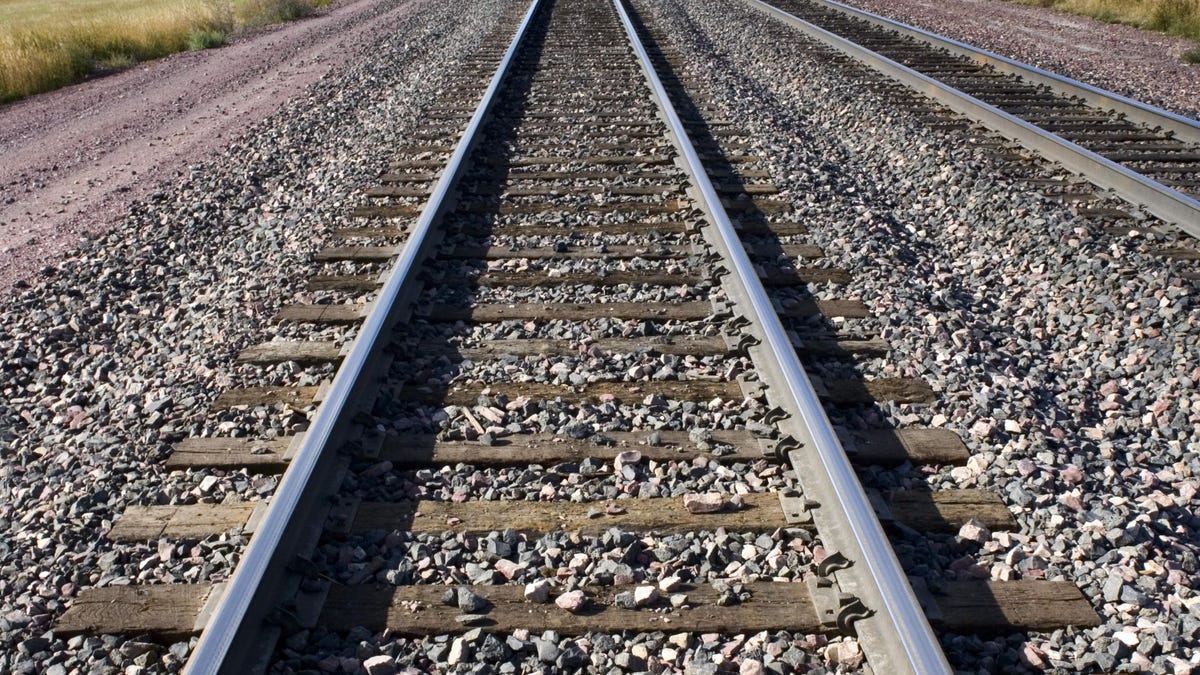
More passenger rail through Montana isn’t just a hope and a dream, it’s a plan that’s chugging its way to reality, according to a report this week from the Big Sky Rail Authority.
And Secretary of Transportation Pete Buttigieg is on board.
Representatives from the Big Sky Rail Authority updated the Transportation Interim Committee of the Montana Legislature this week shortly after Secretary Buttigieg visited the Treasure State and touted federal investments in infrastructure.
Big Sky Rail Authority Chairperson Dave Strohmaier said a federal rail study identifies two long-distance routes through Montana as preferred, an east-west line connecting Seattle to Chicago and a north-south line to Billings.
“Montana is really the epicenter and the beneficiary of two preferred long-distance routes in this study,” Strohmaier said.
He said getting Montana’s routes selected as preferred ones in the Federal Railroad Administration study was one of two key goals the Big Sky Rail Authority accomplished since it came into existence some three years ago. He said the routes would connect urban and rural communities in the American West.
At a separate event this week at the Missoula Montana Airport, Buttigieg talked about the ripple effects federal dollars for infrastructure have for customers, workers and economic development.
He said the West famously had some of America’s great railroads, but trains have experienced a loss of service, and it’s one reason the federal transportation department has put planning dollars into rail.
In December 2023, the Biden administration announced $8.2 billion in new grants for rail for projects ready to be built and ones in the works, including planning dollars for improved service in Montana.
A couple of weeks ago, Buttigieg said he attended a ground-breaking on a high-speed rail line that will run between Nevada and southern California. He said rail is part of the transit system, and a Corridor Identification Program will lead to a plan for implementing more rail.
“The bottom line is, passenger rail is something we believe in … we’ve done it before in this country, and we’ve done it well, and there’s no reason we can’t do it again,” Buttigieg said.
Strohmaier said a couple of major federal initiatives are underway related to rail, and Montana is in the mix in both. He answered questions by phone and also gave a report to the legislature Wednesday where he shared a map that showed the dearth of service in Montana.
“If folks are wondering about feasibility or not, that train has left the station,” Strohmaier said. “We are no longer debating feasibility. We are in the planning stage as we speak to make this happen.”
The planning is underway with a $500,000 grant from a federal Department of Transportation, he said. However, Rob Stapley, with the Montana Department of Transportation, said federal funds are not currently available for operating restored or new long-distance passenger routes.
Restoration of the North Coast Hiawatha is estimated to generate $271 million in economic benefits to seven states and cost Amtrak $68 million to operate, according to a 2021 report from the Rail Passengers Association. The report said the cost is offset by the collection of $41 million in fares and other customer revenue.
Samantha Beyl, of Rosebud County, told the committee that southeast Montana represents 20% of the state’s population and 26% of its landmass, and it is a place rich in cultural and recreational significance.
However, Beyl said many communities face challenges in accessing services such as health care, and passenger rail could help take people to cities where medical care is available, such as Billings.
In 2023, tourists spent $5.45 billion in Montana, including $1.6 billion on transit, she said, citing the Institute for Tourism and Recreation Research at the University of Montana. In southeast Montana alone, she said, non-residents spent $868 million in 2022.
“This underscores the importance of enhancing transportation infrastructure, such as the passenger rail system, to accommodate the growing demand for tourists,” said Beyl, a Forsyth City Councilor and member of the Big Sky Rail Authority.
The Big Sky Rail Authority is the largest transit district in the state of Montana and a subdivision of state government, Strohmaier said. Leaders include representatives from 20 member counties; three tribal nations, the Crow, Northern Cheyenne, and Confederated Salish and Kootenai Tribes; and Amtrak, the Montana Department of Transportation and BNSF.
First, Strohmaier said, the Federal Railroad Administration’s long-distance study examines the potential to reopen discontinued routes or new ones of 750 miles or more. That study will wrap up soon, and it identifies both the North Coast Hiawatha, connecting Chicago to Seattle through southern Montana, and a north-south line to Billings, from El Paso or Denver, as preferred, he said.
“This is a big deal for the state of Montana and something that has been over four decades in the making,” Strohmaier said.
Additionally, Strohmaier said the North Coast Hiawatha is the only new long-distance route that will be recommended to Congress through another Federal Railroad Administration program, the Corridor Identification Program setting rail priorities.
“This too is a huge win for Montana,” he said.
He said a request for proposals to hire a firm to help get the project into the development pipeline will go out within days. The federal rail programs are part of the Bipartisan Infrastructure Law.
According to the Big Sky Rail Authority, the North Coast Hiawatha was discontinued in 1979, leaving “a vast expanse of the Greater Northwest Region” and some of Montana’s largest cities without passenger rail service.
Next steps for the plan include answering the “burning questions people have asked for so long,” said Strohmaier. Where will the stations be located? What will the schedules look like? What are the necessary infrastructure investments?
“What will the trains themselves be like?” said Strohmaier, also chairperson of the Board of Missoula County Commissioners.
He said a $500,000 federal grant supports the planning process, and a “shovel-ready project” should be ready for implementation in 2.5 to three years.
The collaboration includes the Federal Railroad Administration and eight states including Montana. Strohmaier said he met briefly with Buttigieg this week, and the secretary was aware of efforts in Montana and enthusiastic about them.
One question people have asked is whether a train could run through Butte in the future, but it’s a heavier lift than Helena because of the lack of an active rail line east of Butte, Strohmaier said. However, he said Butte remains in the mix for the long game.
“Short term, let’s just get the doggone train running through southern Montana (and) figure out transit connections through communities that might not initially see a rail stop,” Strohmaier said. “But absolutely, Butte is still in the mix as far as rail connectivity at some point in time.”
He also said infrastructure work near Malta is underway with a $15 million federal DOT grant. He said upgrades near Malta are important because it’s a chokepoint for passengers and freight.
This week, Strohmaier and an Amtrak official were headed to Havre for a meeting focused on the Empire Builder. He said a concern along the Hi-Line is if Montana adds passenger rail elsewhere, it will mean a loss of rail along the Hi-Line.
“Only with a strong Empire Builder can we have a strong and vital and sustainable North Coast Hiawatha,” Strohmaier said.
This story was initially published by The Daily Montanan, a nonprofit news organization and part of the States News network, covering state issues. Read more at www.dailymontanan.com.
Montana
Western Montana residents celebrate Mother's Day

MISSOULA — Whether you are using the holiday to spend time alone or to spend time with your family there’s lots to do on Mother’s Day across western Montana.
While many people start their Mother’s Day with breakfast or brunch, there is plenty of time afterward to pick out flowers or plant in the garden for mom.
That’s exactly what Susan and Mckenna Quinn did for their Mother’s Day as they use gardening as an excuse to spend time with each other.
“It’s just a good time to like talk, and hang out and do something with your hands, and be outside,” Mckenna Quinn said.
“My mom moved to Missoula last summer a year ago now that she lives it’s nice to do stuff on the weekends together.”
If flowers and gardening aren’t your thing Montana does not require anyone to have a fishing license on Mother’s Day Weekend.
Mekenzie Lebsock and her four kids took advantage of this opportunity and spent the day at Frenchtown Pond.
Derek Joseph
“I enjoy fishing as much as the kids do so I kind of love that they’re into it right now and I’m gonna take advantage of it while I can.”
For Lebsock, being a mom of four comes with its struggles but she is grateful today and every day for her family.
“From a young age I knew I always wanted to be a mom and it wasn’t always an easy journey to get there,” Lebsock said.
“So the fact now that I have four healthy kids that we can bring out here and they enjoy each other’s company we can hang out with them and enjoy them it’s truly a blessing I can’t put into words.”
From MTN we wish everyone a happy Mother’s Day.
Montana
Wildfire in Canada’s British Columbia forces thousands to evacuate. Winds push smoke into Alberta, Montana and North Dakota

VANCOUVER, British Columbia (AP) — Canadian authorities are urging all remaining residents in a town in British Columbia to leave immediately, despite improving weather conditions, after many were already evacuated due to a fast-growing wildfire.
The blaze, which started Friday, almost doubled in size the following day, reaching about 4,200 acres. BC Wildfire Service maps showed the fire burning just a few miles west of Fort Nelson’s city limits.
Fort Nelson is located in the far northeastern corner of British Columbia, about 995 miles from Vancouver. Fort Nelson and the Fort Nelson Indian Reserve have a combined population of about 3,000.
In 2023, Canada witnessed a record number of wildfires that also caused choking smoke in parts of the U.S. and forced tens of thousands of people to evacuate across British Columbia.
Authorities in Alberta also issued an alert about a wildfire nearly 15.5 miles southwest of the oil sands city of Fort McMurray that could impact visibility on highways in some areas. No evacuation order has been given so far for the major Canadian oil city.
In 2016, more than 80,000 people evacuated from Fort McMurray, in the heart of Canada’s oil sands, as a fire torched 1,600 homes and other buildings.
The high winds pushed smoke across Alberta on Saturday, putting the city of Edmonton under an air quality advisory with hazard levels rated at 10-plus — or “very high risk” — forecast.
Meteorologists are not anticipating rain and have advised people to stay indoors.
Online footage shared by locals from the Fort Nelson wildfire showed thick plumes of smoke rising high into the sky, with houses in the foreground. In some photos, haze seemed to cover wide areas.
The Northern Rockies Regional Municipality and Fort Nelson First Nation issued a joint statement warning people choosing to stay that “emergency medical services are not available, nor are groceries or other amenities.”
The municipality mayor, Rob Fraser, said most of the residents in and around Fort Nelson had been evacuated, adding that police were going door to door to ensure everyone got out.
Health authorities said Fort Nelson General Hospital has been safely evacuated and closed until further notice.
Check the air quality at your location here.
Copyright 2024 The Associated Press. All rights reserved.
-

 World1 week ago
World1 week agoBrussels, my love? Champage cracked open to celebrate the Big Bang
-

 Politics1 week ago
Politics1 week agoAustralian lawmakers send letter urging Biden to drop case against Julian Assange on World Press Freedom Day
-

 Education1 week ago
Education1 week agoHow Counterprotesters at U.C.L.A. Provoked Violence, Unchecked for Hours
-
News1 week ago
A group of Republicans has united to defend the legitimacy of US elections and those who run them
-

 Politics1 week ago
Politics1 week agoHouse Dems seeking re-election seemingly reverse course, call on Biden to 'bring order to the southern border'
-

 World1 week ago
World1 week ago‘It’s going to be worse’: Brazil braces for more pain amid record flooding
-

 Politics1 week ago
Politics1 week ago'Stop the invasion': Migrant flights in battleground state ignite bipartisan backlash from lawmakers
-

 World1 week ago
World1 week agoGerman socialist candidate attacked before EU elections
